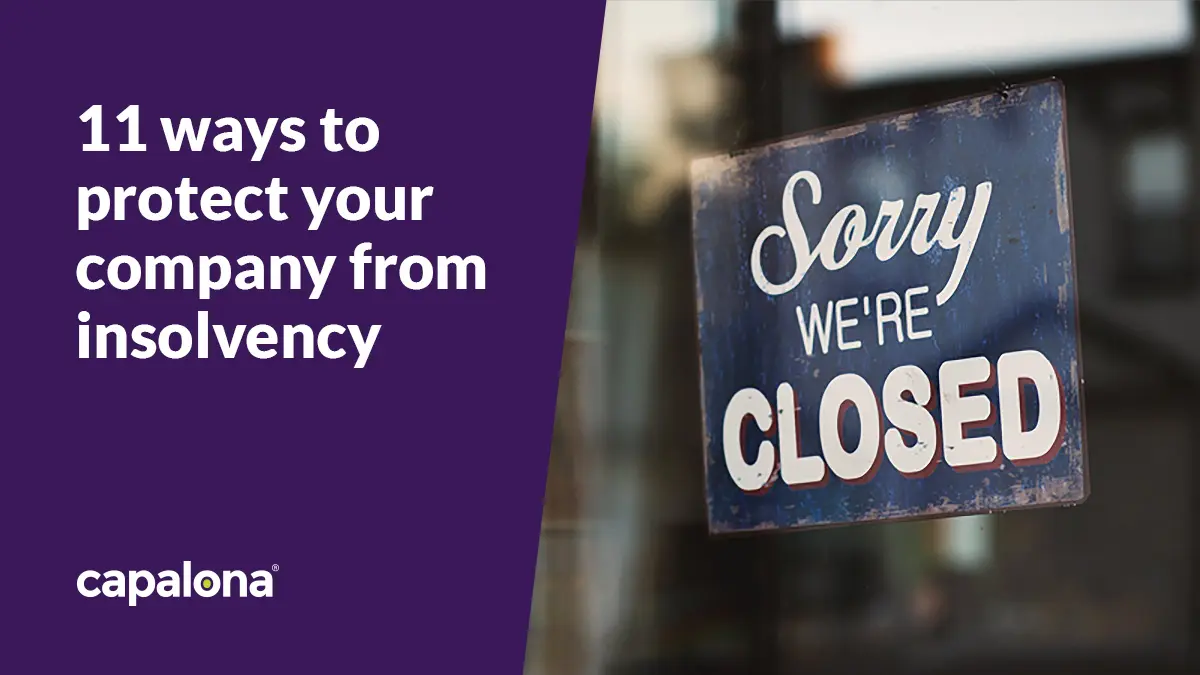The 10-Second Trick For Insolvency Practitioner
The 10-Second Trick For Insolvency Practitioner
Blog Article
The Ultimate Guide To Insolvency Practitioner
Table of ContentsMore About Insolvency PractitionerMore About Insolvency PractitionerIndicators on Insolvency Practitioner You Should KnowThings about Insolvency PractitionerThings about Insolvency PractitionerInsolvency Practitioner for BeginnersExcitement About Insolvency Practitioner
Insolvency is when liabilities are above the worth of the company, or when a debtor can not pay the debts they owe. A business can end up being bankrupt because of a number of circumstances that bring about inadequate cash flow. When confronted with bankruptcy, a service or person can speak to lenders directly and restructure financial debts to pay them off.
Company proprietors may call creditors directly and restructure financial debts into even more convenient installations. Lenders are typically open to this technique because they desire to be paid off and stay clear of losses, also if the settlement is on a postponed schedule.
The proprietor develops a proposal describing exactly how the financial debt might be restructured using price decreases or various other plans for assistance. The proposition reveals lenders how business might produce sufficient cash circulation for rewarding procedures while paying its financial debts. Generally, a forgiven debt may be taken into consideration earnings by the Irs (INTERNAL REVENUE SERVICE).
Facts About Insolvency Practitioner Revealed
When a service needs to pay enhanced prices for items and services, the business passes along the expense to the customer. As opposed to pay the boosted expense, several customers take their service somewhere else so they can pay less for a product or service. Losing clients results in losing earnings for paying the company's creditors.
Business may wind up paying big quantities of cash in problems and be overcome procedures. When operations cease, so does the business's income. Absence of income results in accounts payable and creditors asking for money owed to them. Some business become financially troubled due to the fact that their goods or services don't advance to fit customers' changing needs.
The Only Guide to Insolvency Practitioner
Expenditures surpass revenues and bills continue to be unpaid. Kinds of insolvency include cash-flow bankruptcy and balance-sheet insolvency. Cash-flow bankruptcy happens when a firm has the possessions to cover their financial obligations yet they remain in the wrong kind, such as property instead of fluid funds. Balance-sheet insolvency, on the other hand, shows an absence of possessions in any type of kind to cover financial debts.
The internal revenue service states that an individual is financially troubled when the overall responsibilities exceed overall assets. Insolvency Practitioner. A insolvency, on the other hand, is an actual court order that illustrates exactly how an insolvent person or organization will certainly repay their lenders, or how they will sell their assets in order to make the payments
Not known Factual Statements About Insolvency Practitioner
If that scenario extends longer than anticipated, it can lead to insolvency. When a business or individual is financially troubled, they can not meet their monetary commitments. Solvency is when you have enough funds to cover the settlements you owe. A business is considered solvent when they have a lot more possessions than liabilities.

Understanding the elements that can bring about insolvency, such as overspending, can help you protect against bankruptcy and its effects.
7 Simple Techniques For Insolvency Practitioner
It is well known that directors and policemans of firms (and managers of minimal responsibility business) owe fiduciary duties to their companies and their investors (or members). These fiduciary commitments are defined by state statutes and, though there are variants from state to state, they commonly consist of a duty of commitment and a responsibility of care.
The obligation of treatment requires supervisors and policemans to exercise persistance, to make educated choices, and to act in excellent belief to make sure that their actions this remain in the most effective rate of interest of the firm. Though beyond the scope of this discussion, some states allow these tasks to be limited either by so noting in the organizational records or adhering to various other needs.
A Biased View of Insolvency Practitioner

Be careful regarding providing investors favoritism at the expenditure of lenders (e.g., authorizing and funding a dividend or a supply redemption). Be careful about preferential treatment in between classes of shareholders. Make affordable initiatives to find out all the realities prior to taking a certain course of activity; directors must truly believe that any type of choices made remain in the finest rate of interests of the company in its whole (i.e., choices will certainly be assessed in hindsight taking into account the result of such actions on the firm).
In any bankruptcy or insolvency proceeding, repayments made to specific financial institutions at the expense of various other lenders can be clawed back, specifically if there is some link in between the firm and the financial institution. Consider suggesting at a yearly investor meeting (or any type of various other meeting of investors) a resolution attesting that all prior service choices and activities taken by the supervisors and officers of the corporation were absorbed good belief after an exercise of affordable treatment.
Insolvency Practitioner Fundamentals Explained
Totally disclose any kind of individual or organization connections with celebrations on the various other side of transactions involving the corporation to avoid the appearance of a conflict of interest. In reviewing prospective fund raising transactions you could try these out or a sale of assets of the struggling corporation, realize that these deals may be looked at later on in light of any kind of succeeding expansion of directors' fiduciary duties to include creditors.
Report this page